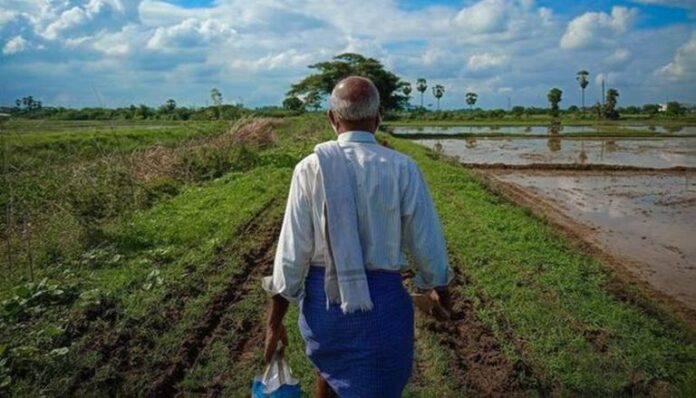One of the major factors that may have contributed to the BJP winning a significantly larger mandate in the 2019 Lok Sabha elections was the numerous initiatives the Narendra Modi-led BJP administration has undertaken over the years to improve the lives of the underprivileged and marginalised sections of society, including farmers and poor.
Policies for the poor
Without a question, Prime Minister Narendra Modi’s “Sabka Saath, Sabka Vikas, Sabka Vishwas, Sabka Prayas” philosophy has helped India become one of the fastest growing economies in the world. The BJP rule has placed the principle of “maximum governance and minimum government” at the heart of the growth process, in keeping with Prime Minister Modi’s vision that “mere good governance is not enough, it has to be pro-people and pro-active.”
At the 2014 Bharatiya Janata Party parliamentary meeting, Prime Minister Narendra Modi gave his first speech and set the tone for the forthcoming government.
“A government should be that which thinks for the poor, listens to the poor, lives for the poor.”
Years later, despite a strict lockdown and declining finances, this government proved that it could walk its talk by rescuing millions of people from a deadly pandemic by implementing free ration, gas, and clean water programmes. More than 2.5 times as many people of the US, 12 times as many as of the UK, and twice as many as the entire EU are recipients of the free ration programme. The determination to reach everyone, in every place (har ghar), through awas, ration, and clean energy has been one of the nine years’ most distinctive aspects. More than 40 crore people in more than 8 crore rural families have benefited from the Har Ghar Jal (Jal Jeevan Mission) programme. Nearly 3 crore homes—or more than 99.9% of all homes—were electrified as part of the SAUBHAGYA Yojana’s Har Ghar Bijli initiative.
Despite significant global challenges, welfare spending has steadily risen over the past nine years. According to figures from the Reserve Bank of India, the Modi government spent 90.9 lakh crore on development between 2014 and 2022. During the 10 years of the United Progressive Alliance government’s leadership (2004–2014), this amount was only 49.2 lakh crore.
All of these schemes are meant to be the tools that would improve the lives of the underprivileged members of our society. In December 2014, barely three and a half months into the PM Modi-led government’s term, Direct Benefit Transfer (DBT) was made available nationwide to emphasise the importance of effortless transactions.
Pro-Farmer policies
Modi Government’s stance on Farmers can be seen in this quote from PM Modi’s speech on May 16, 2017, “Our farmers are the ‘Annadatas.’ ”When our farmers prosper, India will prosper.”
After PM Modi came to power, a comprehensive approach was successfully implemented over the past nine years, whether it be through irrigation reach, farmers’ financial assistance, agricultural insurance schemes, encouragement of organic farming, FPOs, infrastructure support, or digitization of services via the National Agriculture Market (e-NAM). The Indian government has taken a 360-degree approach to assisting our farmers. As an illustration, the Pradhan Mantri Kisan Samman Nidhi has benefited over 11 crore farmers, while over 23 crore farmers have received the Soil Health Card.
India’s foodgrain output achieved a new record during the lockdown phase because of rigorous calibration and articulated comprehensive planning. Our country’s expanding agricultural competence is reflected in the numerous firsts it has achieved over the past nine years, whether it be the 156 wheat varieties or horticultural goods.
Clearly, the government led by PM Modi has demonstrated proactive policy efforts that they support the farmers and the poor section of the society. India not only inhabits villages, but it also exists as a result of them.





![[Toyota Times] From Strengthening Foundations to Boosting Productivity – Toyota Focuses on Break-Even Volume [Toyota Times] From Strengthening Foundations to Boosting Productivity - Toyota Focuses on Break-Even Volume](https://businessfortnight.com/wp-content/uploads/2025/11/Toyota-Times-From-Strengthening-Foundations-to-Boosting-Productivity-Toyota-218x150.jpg)




























